The Ultimate Guide to Growing a Lush Lawn from Seed in India
Previous PostGrowing a beautiful lawn from seed can be a rewarding and satisfying experience. You need good quality grass seeds for your lawn along with careful planning, preparation, and maintenance to achieve the best results.
A lush, green lawn can elevate the beauty of your property and provide a space for outdoor activities while increasing your home's overall appeal.
The secret to knowing how to grow lawn grass lies in selecting the right type of grass. Consider the climate and soil conditions while planning the lawn. You need to prepare the soil properly and plant the seeds correctly. Make sure you provide proper care and maintenance throughout the growing season.
In this blog, we will provide a step-by-step guide on how to grow lawn grass in a garden. We are also going to cover the basics of lawn care, soil preparation, seed selection, and planting techniques. Follow these tips and grow a healthy and vibrant lawn that stands out.
How To Plant Grass Seeds

Depending on whether you're establishing a new lawn or replanting an existing one, different amounts of grass seeds may be required. Also, the recommended sowing rates for various grass seed kinds vary. Here's what you need to know:
1. Planting grass seeds on an existing lawn:
To fill in bare spots or thicken the grass, the recommended seeding rate for overseeding an existing lawn is half that needed for a new lawn.
For instance, 2-3 KGs per 1000 square feet is the suggested seeding rate for Kentucky bluegrass when beginning a new lawn. Use 1-1.5 KGs per 1000 square feet for overseeding an existing lawn.
2. Planting grass seeds for a new lawn:
When growing a new lawn from seed, you'll need to utilize more seeds for better coverage and a thick and healthy lawn. Depending on the grass seed species, the suggested seeding rate can change, but it normally falls between 2 and 5 KGs per 1000 square feet when starting a new lawn.
For instance, the suggested seeding rate for rye grass is 5-6 KGs per 1000 square feet. The suggested seeding rate for Bermuda grass is 2-3 KGs per 1000 square feet.
It's crucial to keep in mind that these are only general recommendations, and the suggested seeding rate may change depending on the type of grass seed being planted, the soil, and the environment. It's wise to carefully read the
detailed directions and suggestions for a particular grass seed.
Growing Requirements For Grass Seeds

There are some general recommendations that can assist in effective germination and growth, but the growing requirements for grass seeds can vary based on the individual grass species you are planting. By providing the right growing conditions, grass seeds can germinate and establish into a healthy, lush lawn. Regular maintenance such as fertilizing, mowing, and watering will help keep the lawn looking its best.
Here are the key growing requirements for grass seeds:
Location
Choose a location for planting grass seeds that receives plenty of sunlight. Most grass species need at least 6-8 hours of direct sunlight each day to grow properly. If your area is prone to high winds, choose a location that is protected from the wind. Also, ensure that the soil in the planting area is well-draining and has a pH between 6.0 and 7.5.
Temperature
The ideal temperature for grass seed germination varies depending on the species. Warm-season grass seeds, such as Bermuda grass seeds, germinate best when soil temperatures are between 20-30°C, while cool-season grass seeds, such as Rye grass seeds, germinate best when soil temperatures are between 10-20°C. It's important to note that soil temperatures can be different from air temperatures, so use a soil thermometer to measure the temperature of the soil.
Watering
Grass seeds need consistent moisture to germinate and establish. Water the planting area lightly immediately after planting to ensure the soil is moist. Then, water the area regularly, keeping the soil moist but not waterlogged. A general guideline is to water deeply once or twice per week, depending on weather conditions. Avoid overwatering, which can lead to fungal growth and other problems.
Pests
Grass seedlings are vulnerable to damage from pests such as birds, insects, and rodents. To prevent damage, cover the planting area with a light layer of straw or other mulch. This will help to deter pests while still allowing sunlight and moisture to reach the seeds. If you notice signs of pest damage, take action immediately to prevent further damage.
Managing Lawn Grass

Mowing is an important part of lawn care, and when done correctly, it can promote a healthy and attractive lawn. Here's what you need to know about managing lawn grass by mowing:
Frequency
The frequency of mowing depends on the growth rate of the grass, which varies depending on the species, time of year, and weather conditions. As a general rule of thumb, you should mow often enough so that you're removing no more than one-third of the grass blade height with each mowing. This usually means mowing once a week during the growing season. However, you may need to mow more frequently during periods of rapid growth.
Height
The height at which you mow your lawn can affect its health and appearance. Different grass species have different ideal mowing heights, so check the recommended mowing height for your specific grass species.
As a general rule, cool-season grasses should be mowed to a height of 2.5 to 4 inches, while warm-season grasses should be mowed to a height of 1.5 to 2.5 inches. Mowing too short can damage the grass and make it more susceptible to pests and diseases.
Technique
Mow with a sharp blade to ensure a clean cut and minimize damage to the grass. Avoid mowing when the grass is wet, as this can cause clumping and damage to the lawn. Instead, mow when the grass is dry and upright. Change the mowing pattern regularly to prevent the grass from developing a "grain" or becoming compacted in one direction.
Clippings
Leaving grass clippings on the lawn can provide a natural source of nutrients and help retain moisture. If the grass is not too long and you're using a mulching mower, you can leave the clippings on the lawn; otherwise, remove the grass clippings if they are too long. Grass clippings can also be used as mulch or can be added to a compost heap in your garden.
We hope that by following these tips, you can keep your lawn healthy and attractive. Remember to also provide regular watering and fertilizing to promote strong growth and overall lawn health.
Buy natural and healthy grass seeds, along with a variety of traditionally produced seeds and the best quality garden supplies, from AllThatGrows.





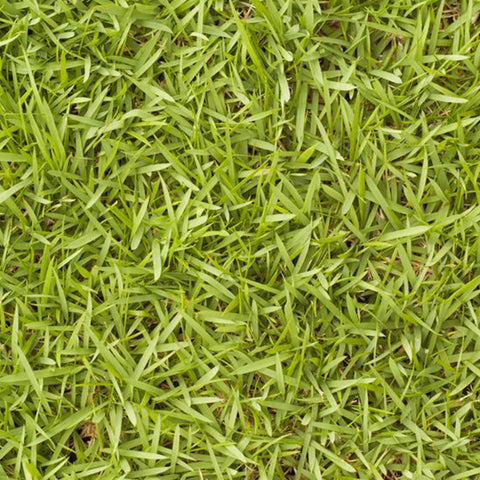
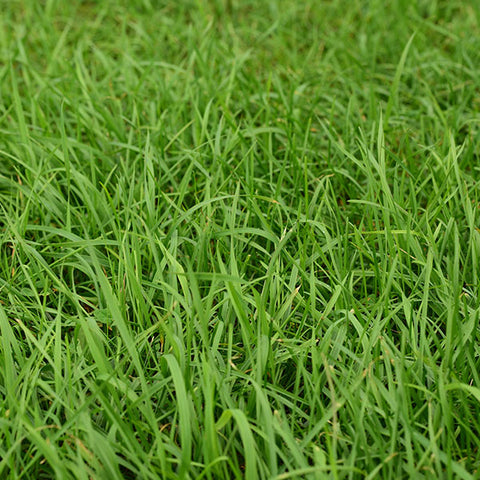
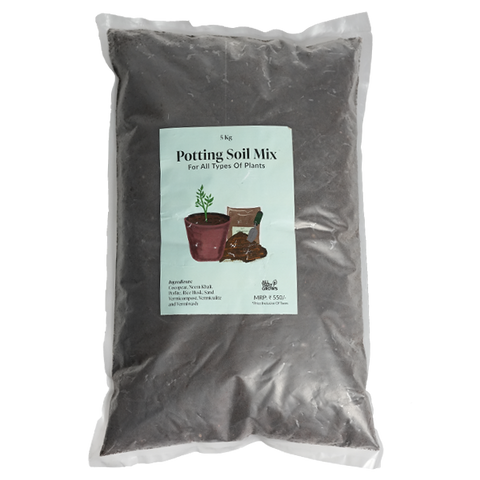
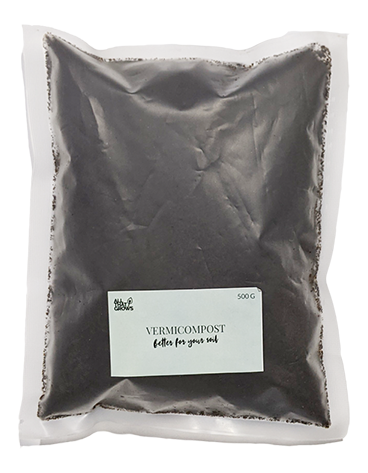
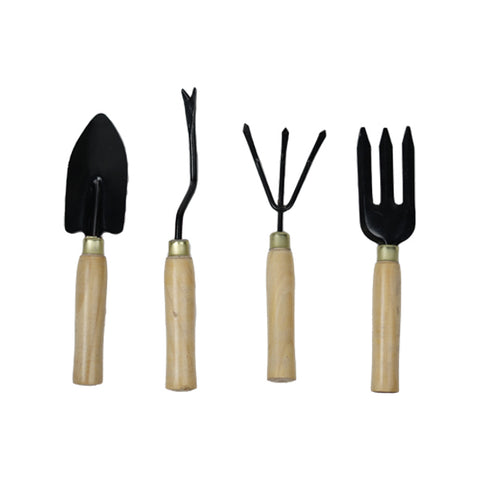
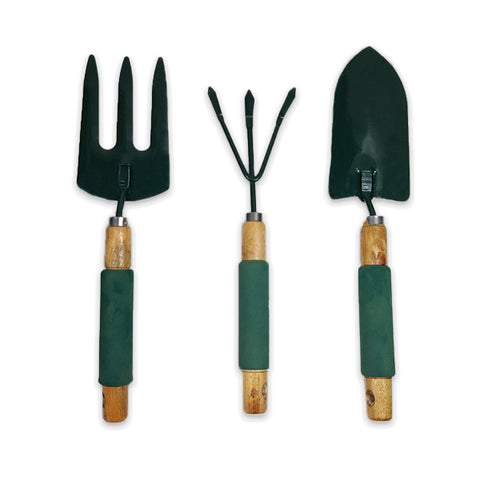
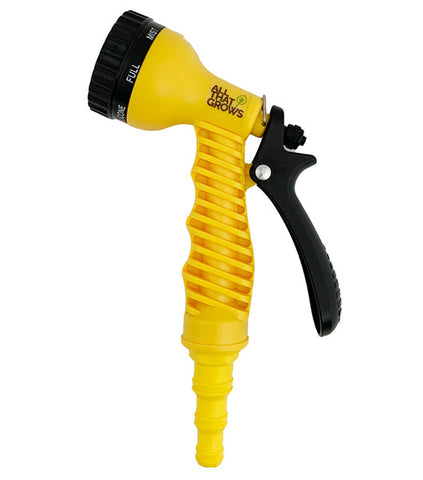
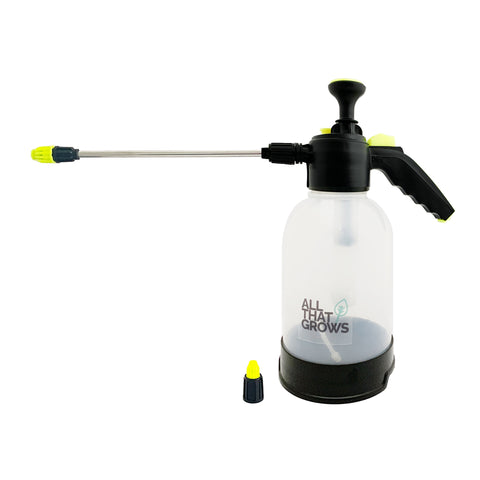


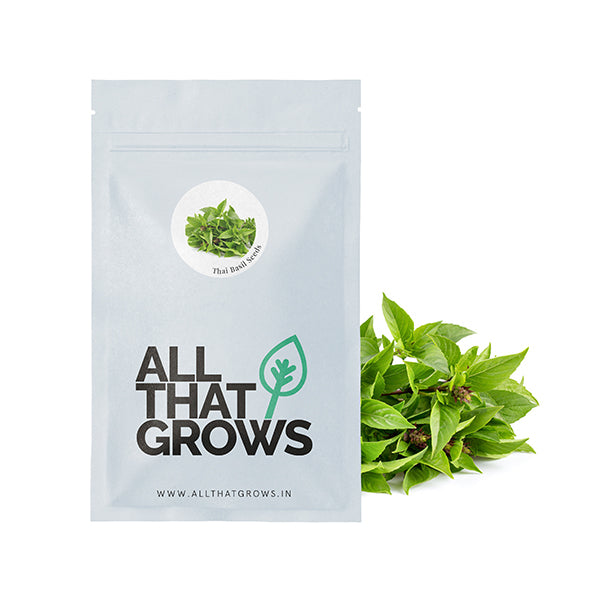
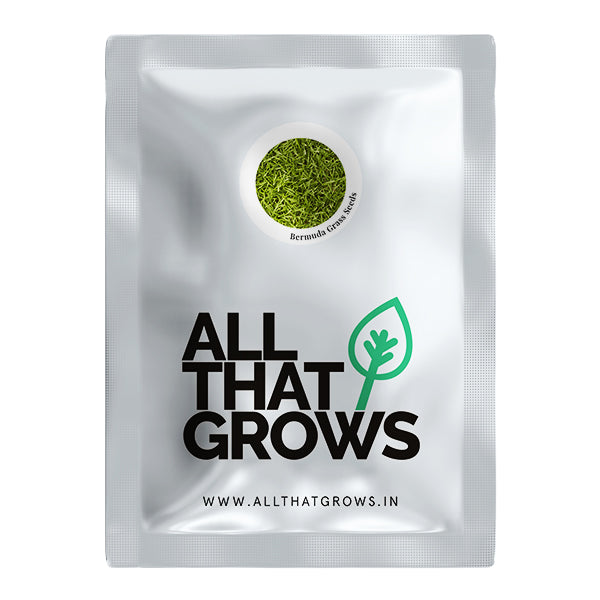
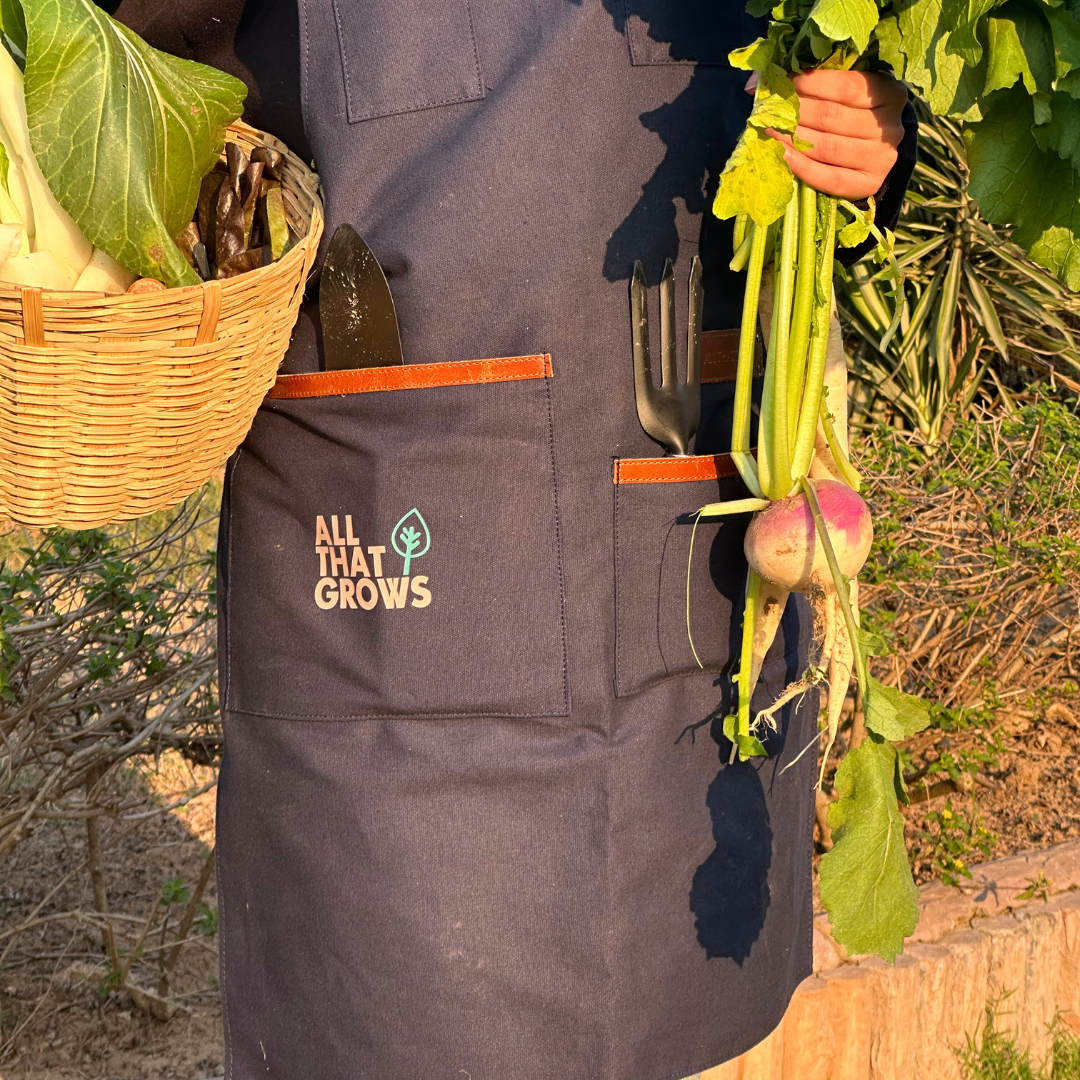

Leave a comment